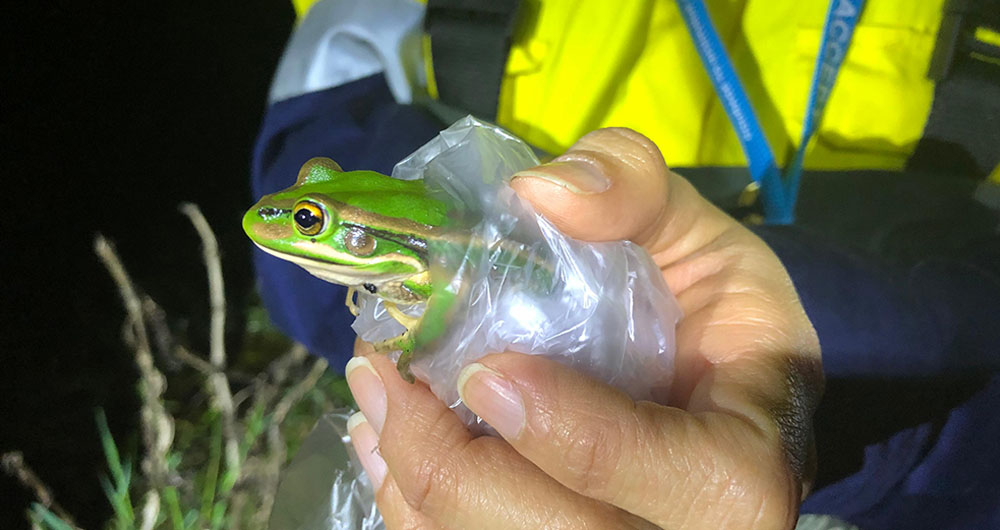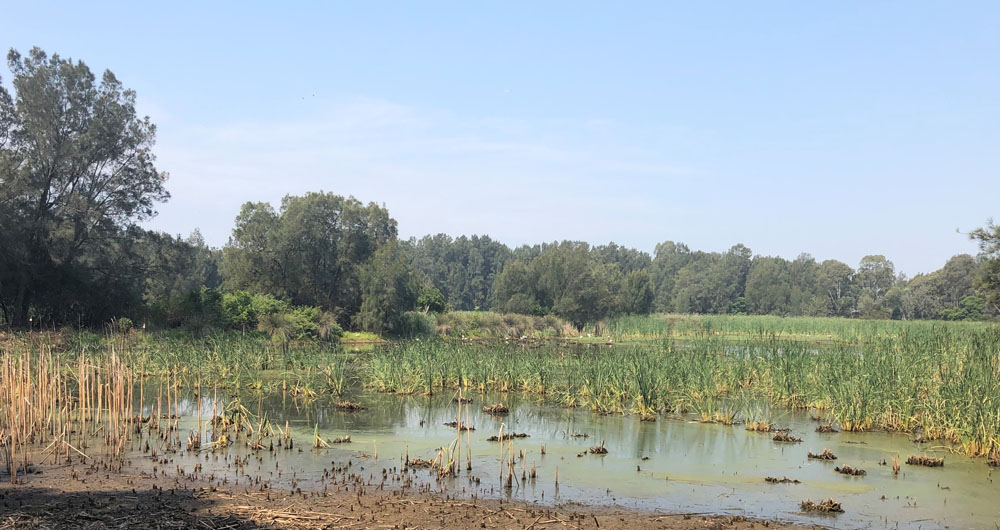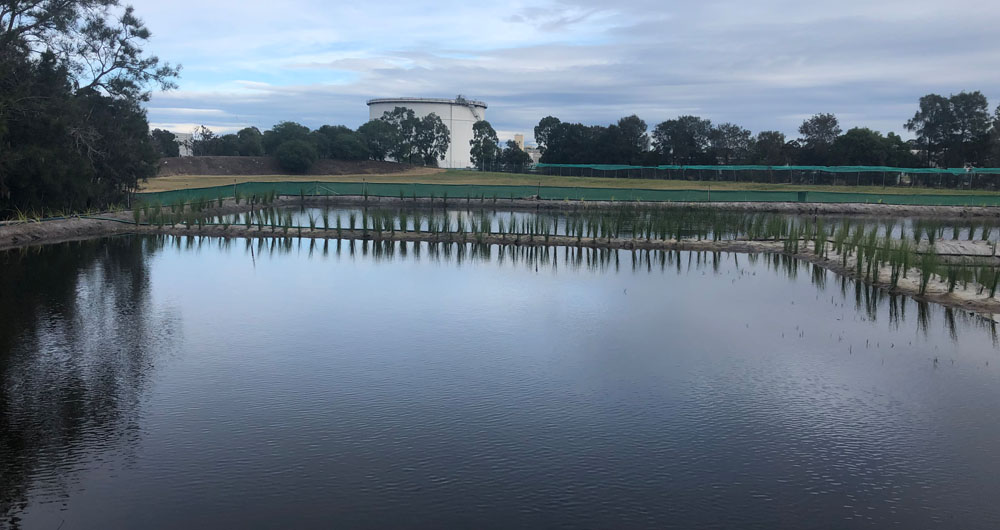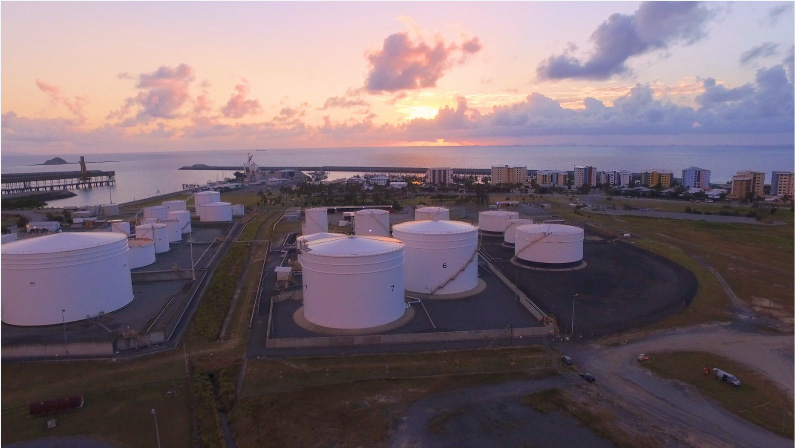Encouraging biodiversity
Biodiversity is addressed across our operations. For our major pipelines, we manage and maintain vegetation of ecological and heritage significance within our easements. We also introduce dedicated buffer zones and reclaim wetlands across our operations that provide opportunities for restoration and rehabilitation projects.
Our frog habitat restoration project at the Clyde terminal is progressing well. Ongoing surveillance of the frog population within the purpose built breeding ponds indicates early success.
Our approach to biodiversity
 Green and Golden Bell Frog
Green and Golden Bell Frog
 Clyde Terminal Wetlands
Clyde Terminal Wetlands
 Frog Ponds
Frog Ponds
Controlling wastewater discharge
Most of our larger facilities are located along the Australian coastline, sometimes within areas of environmental significance. Regulatory controls associated with licences and permits ensure that these facilities have the equipment and the established internal compliance systems necessary to prevent polluted water from discharging into the environment. Our facilities and our network of service stations adopt a range of water treatment systems and techniques, to ensure that storm water runoff and wastewater have minimal impact on the environment. Most of our sites have licence discharge requirements, and these are regularly monitored and reviewed to ensure that we are compliant.
Learn more about our environmental reporting
